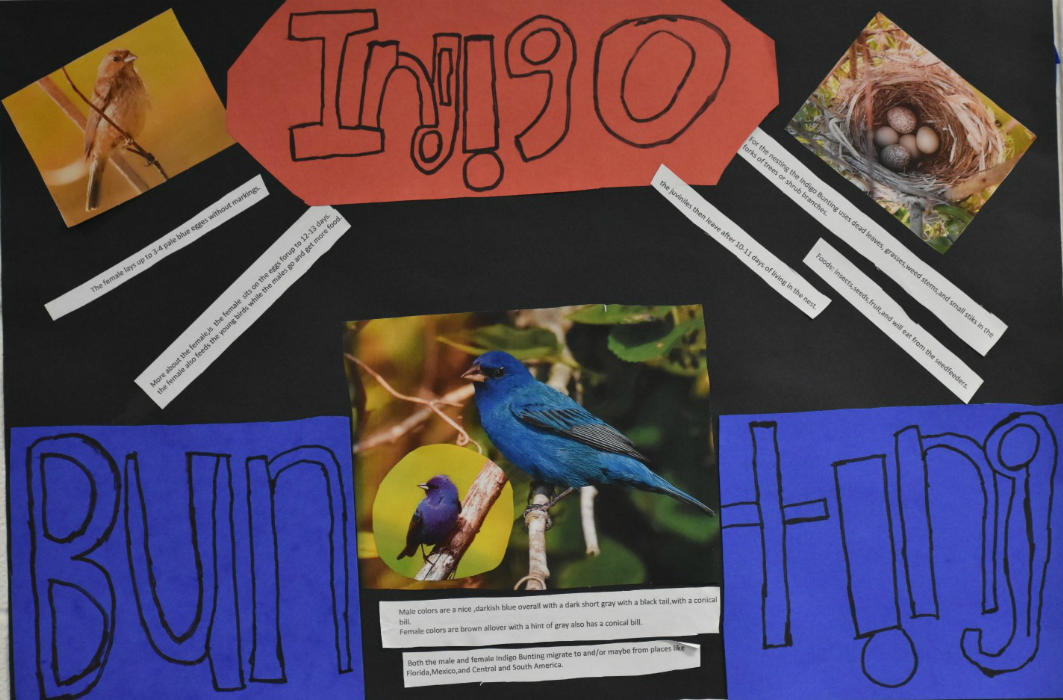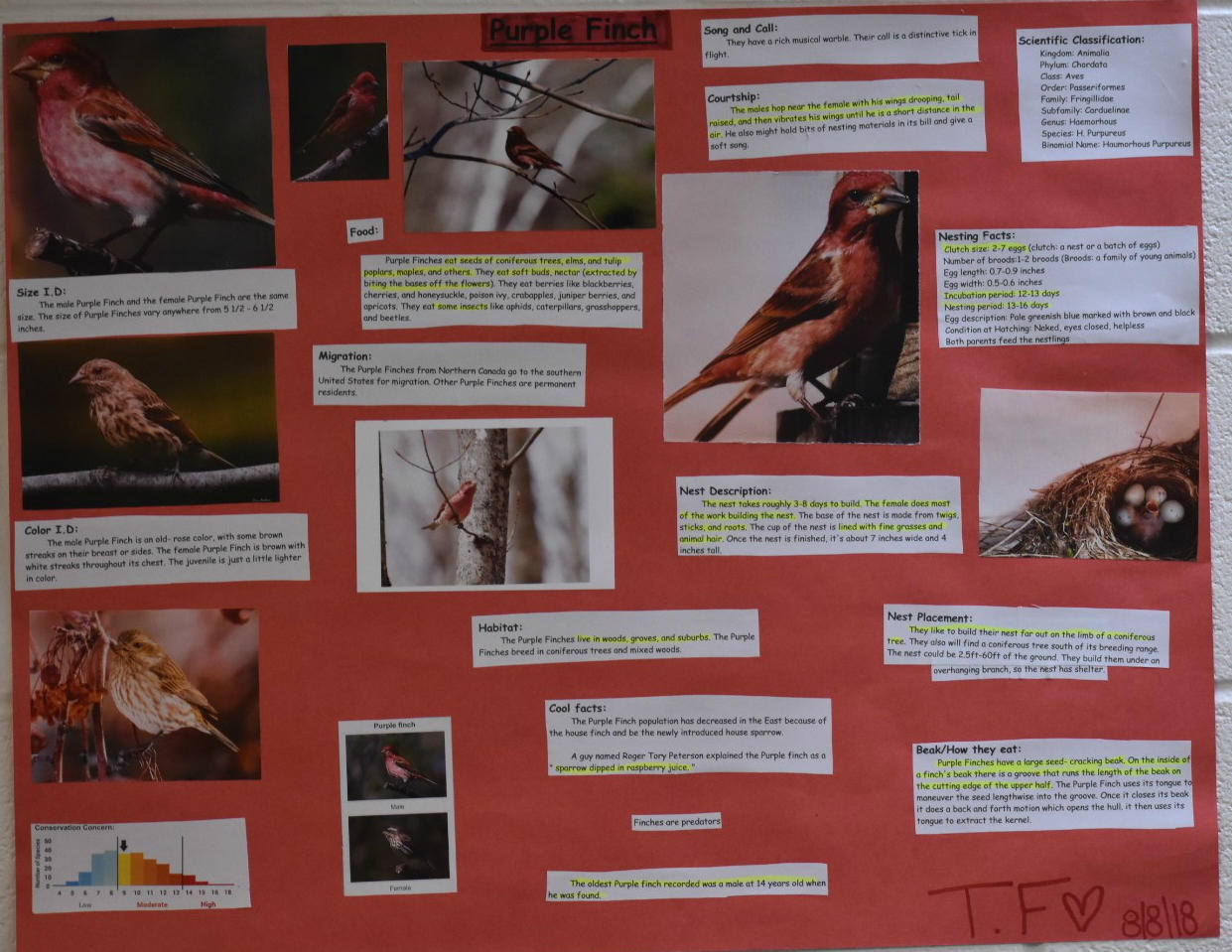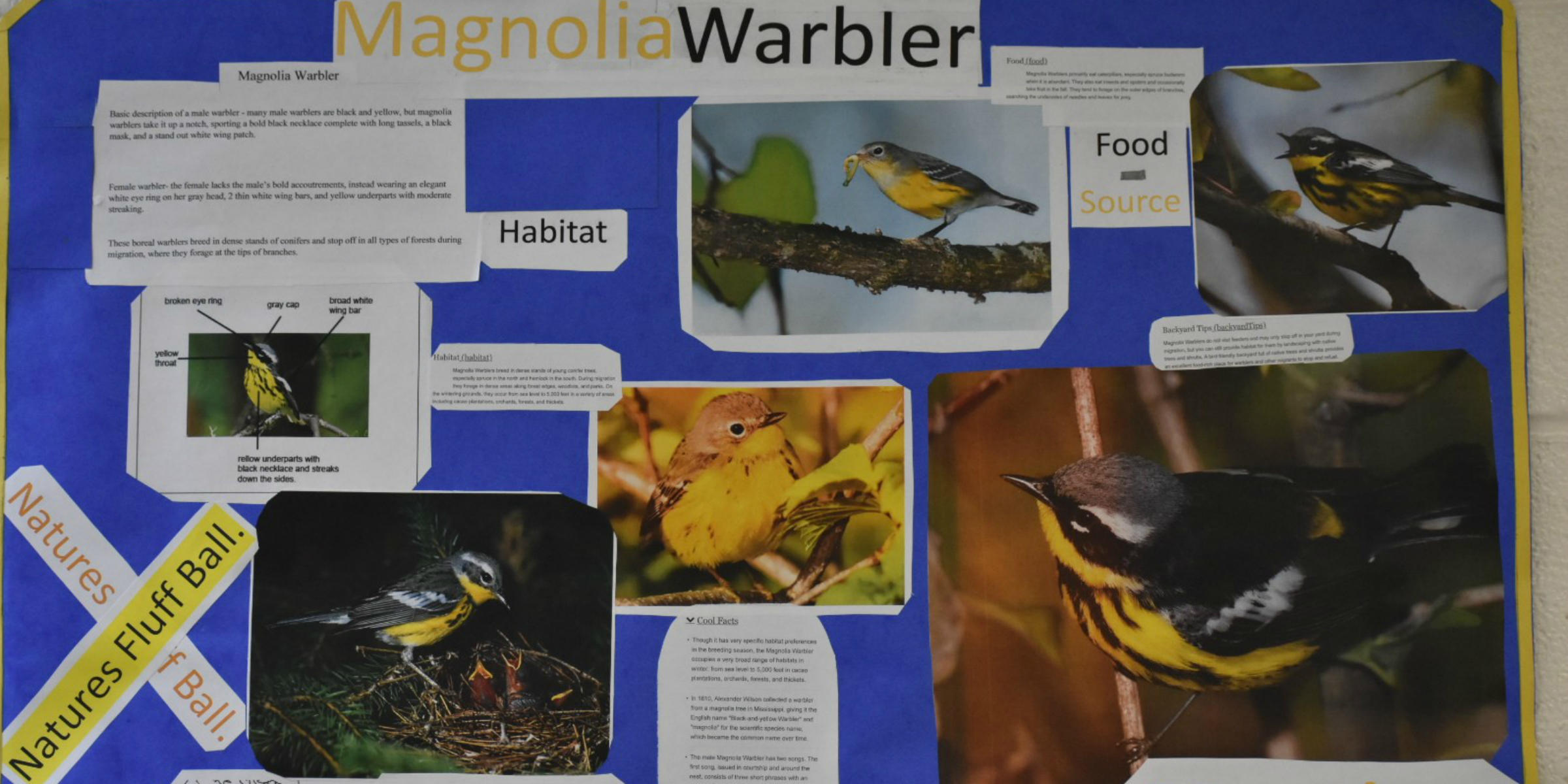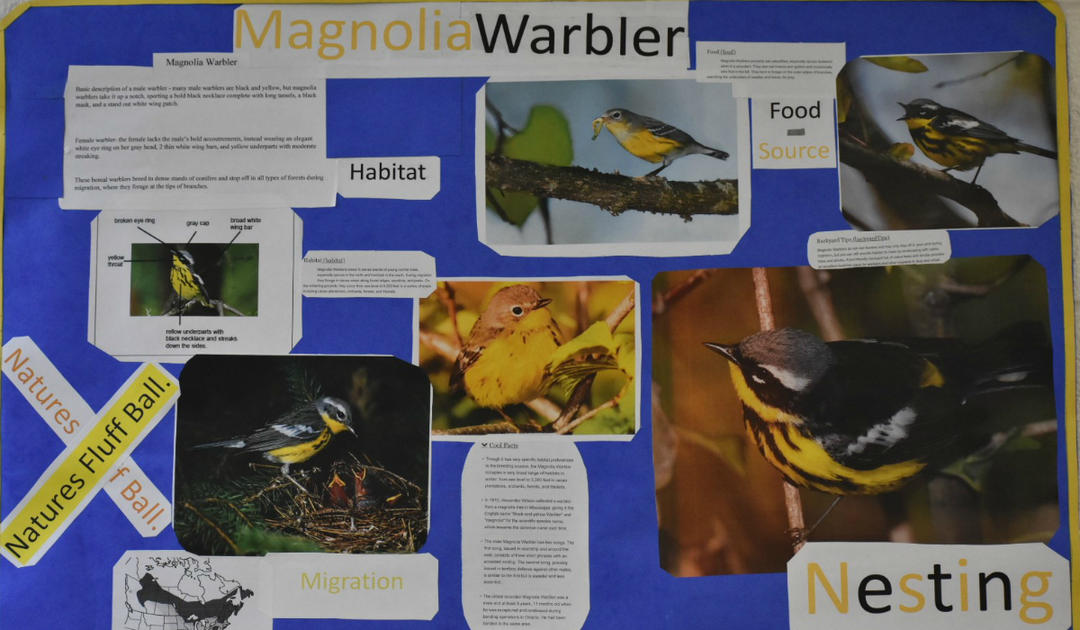Caroline Sullivan is Audubon Vermont’s first Summer AmeriCorps Member: Burlington Outreach Educator, a position which involves extending our conservation and education efforts into the city of Burlington and surrounding towns. This article is part of a series of “field notes” pieces, written to give the community a view of the exciting and important work being done by Audubon Vermont every day.
Summer at Audubon is a magical, busy and exciting time. One of our goals for the new Summer AmeriCorps position was to deliver environmental education to new and diverse populations, and I have been finding different ways to do just that. One of my favorite endeavors was a two part program that took place at Woodside Juvenile Rehabilitation Center in Colchester. The center is a safe place for youth to grow and build upon their strengths while receiving treatment and preparing to transition back home. The opportunity to do a program here was presented to me, and I knew I wanted to take it on. Nervous but excited, I wanted to give these students something they could take with them for the rest of their lives. Nature and birds have made such an immeasurable, positive impact on my life, and I love nothing more than spreading that passion to others. Birding is an amazing skill that can be worked on anywhere, anytime and I was eager to bring it into the lives of these students.
Upon entering Woodside, I was greeted by friendly security guards and a large metal detector machine. They instructed me to leave behind anything I did not absolutely need, and looked through my items to take out things not allowed in. Keys, phone, and a couple of my education materials stayed behind. I noticed a room full of cameras that showed what was going on in every room throughout the building. These cameras were used for both security and therapeutic engagment. This level of security intimidated me, but I was determined that I would do well and teach this program just like any other one.
The first part of our program was an indoor classroom session learning all about birds. To start our lesson off, we observed real bird bones, feathers, and nests, did hands-on activities like experimenting with different beaks, and used field guides to put names to the pictures of various cut-out birds taped up around the room. Students picked up on these skills quickly and had a blast learning how to identify birds right around their own classroom.
Witnessing such engagement, the teacher asked her colleagues watching the cameras downstairs to tune into her room and take a look at the active learning going on. Students were asking questions, helping one another learn, and diligently using their field guides to identify bird after bird. One student even shared with us an extremely impressive Common Loon call that could confuse even a seasoned ornithologist. After such a fun introductory lesson, we agreed that students would pick a favorite bird to do a research project on and present a poster next time we met.
A couple of weeks passed, and part two of Woodside’s bird program arrived. We started with student presentations of their bird projects, and I was blown away at how much hard work and research they put in. Beautifully decorated and worded posters about Blue Jays, Cardinals, Magnolia Warblers, Purple Finches and so many more were right in front of me. Their teacher and I were equally impressed with their diligent work and depth of information, and they taught us things about birds that we never knew. She noted how interested they were in this project compared to other topics they learn about, such as science, math or history. It gave them something new and different to put their thoughts and time into.

Afterwards, we spent time outdoors in their recreation yard learning how to identify bird calls and use binoculars. We were able to hear and see Ravens, Goldfinches, Crows, Mourning Doves and Blue Jays all within their property. It was truly wonderful to be able to give them this experience outside of the four walls and locked doors that they are used to. I have a good feeling that this gave them a new perspective on not only the space they are in, but the world in general.
This program was a unique and enriching experience for them, as well as for me. It was an opportunity for the students to become physically and mentally involved in something new that they likely would not have otherwise tried. They were able to develop a skill that they can work on for the rest of their lives: birding! It can be done anywhere, anytime, by anyone. All you need is a pair of eyes or ears, and you’re good to go. I was a little unsure if they would be interested in the material I was teaching, but in a matter of minutes they were pointing birds out to me, asking questions and truly engaging in the subject.
As for me, spending time at Woodside was particularly special as it showed me truly how universal the act of birding is. It doesn’t matter who you are or where you are, there are birds everywhere that are waiting to be discovered and a whole world up above us. I also learned that I can go beyond traditional borders with education and accomplish pretty much anything with the right mindset and approach. This was something that nobody at Audubon Vermont has done before, and I am confident it will serve as an example for all of the amazing things we can do.
This is the type of work that inspires us here at Audubon. We are continuously striving to connect nature and birding with people who normally would not have access to this wonderful, enriching opportunity. With each day and every new endeavor such as Woodside, we come a step closer to achieving our goals.
- Caroline Sullivan
Summer AmeriCorps Member: Burlington Outreach Educator















